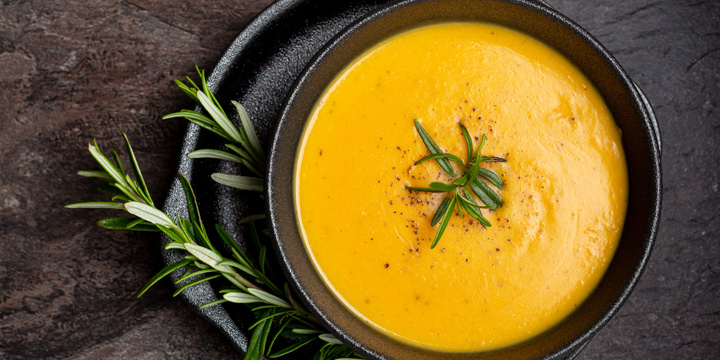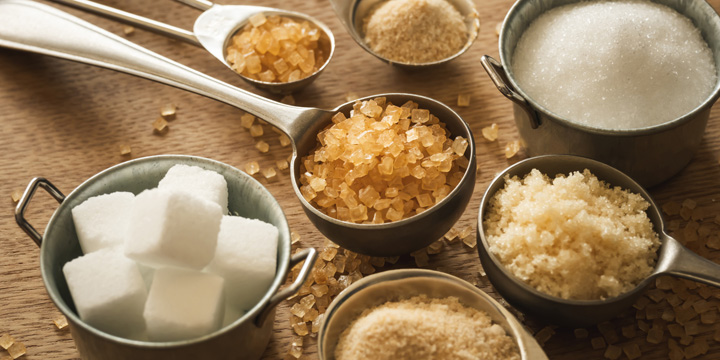
Maple syrup is delicious and can be enjoyed with pancakes or granola or used as an ingredient in both sweet and savory dishes. However, portion control is important. Read on to learn more about diabetes and maple syrup.
Types of maple syrup
There are 4 types of maple syrup available in Canada:
- Grade A, golden colour. This syrup has a light and delicate flavour.
- Grade A, amber colour. This syrup has a rich flavour.
- Grade A, dark colour. This syrup has a robust maple flavour.
- Grade A, very dark colour. This syrup has the strongest maple flavour.
The first 3 grades are suitable for use as a table syrup or for cooking. The fourth grade has a very strong flavour and is best suited only for cooking or baking; it is often used by commercial bakeries as a flavouring agent.
When purchasing maple syrup, be sure to check the nutrition facts label carefully. Some brands are made with various sugars and artificial maple flavouring, and actually contain no maple syrup at all. Choose a brand that lists maple syrup as the first ingredient.
Does maple syrup have any nutritional benefits?
Maple syrup contains antioxidant plant nutrients (called phenols), which may have some health benefits. Antioxidants are key to fighting unhealthy substances in your body, known as free radicals.
While the vitamin content of maple syrup is extremely low, it does contain quite a few minerals. For example, 15 mL (1 tablespoon) of maple syrup contains about 33% of your daily requirements of manganese, which is essential for building and maintaining healthy bones. Other minerals found in maple syrup include:
- Calcium
- Copper
- Iron
- Magnesium
- Potassium
- Zinc
Can maple syrup be part of a diabetes diet?
Maple sugar can be part of your diabetes diet, but it’s important to remember it is a concentrated source of carbohydrate and contains no fibre; 15 mL (1 tablespoon) of maple syrup contains about 15 g of carbohydrates, which is similar to white sugar. Thus, eating large quantities will cause blood sugar fluctuations, which can lead to increased hunger between meals, weight gain and even diabetes complications.
The Diabetes Canada clinical practice guidelines recommend that Canadians should limit their intake of sugar to less than 10% of their total daily calorie intake. This translates to 50 grams (12 teaspoons) of total sugar consumption per day, based on a 2,000-calorie diet.
While similar in calories and carbohydrate, maple syrup has a lower glycemic index and glycemic load than most other sugars. The table below lists the glycemic index of various sugars, from lowest to highest.
| Product | Glycemic index | Glycemic load |
| Agave syrup | 15 | 11.4 |
| Maple syrup | 55 | 36.9 |
| Honey | 60 | 45.8 |
| Brown sugar | 70 | 68.6 |
| White sugar | 100 | 100 |
How to use maple syrup
While maple syrup can be enjoyed by people with diabetes, it should be chosen less often and eaten in limited quantities. The good news is that maple syrup is an excellent flavouring agent for both sweet and savory dishes, and the taste shines through even when used sparingly!
Check out these tasty recipes that incorporate moderate amounts of maple syrup:

Maple syrup can be a delicious addition to your diabetes diet. However, it’s important to remember that maple syrup – like other sugars – should be eaten in limited quantities. Talk with your diabetes healthcare team or dietitian about appropriate use of maple syrup in your diabetes diet.



